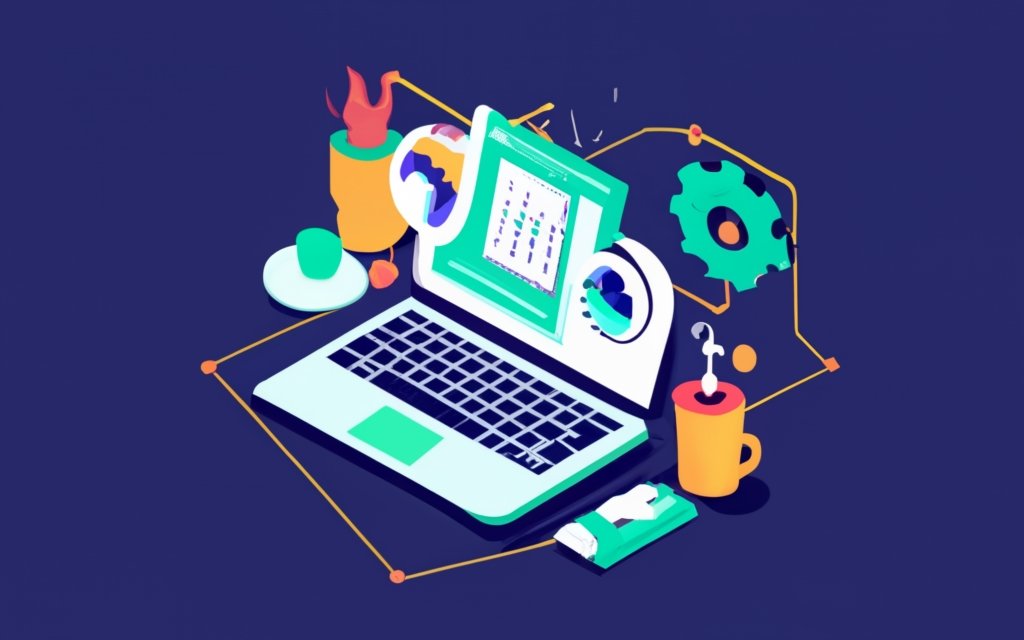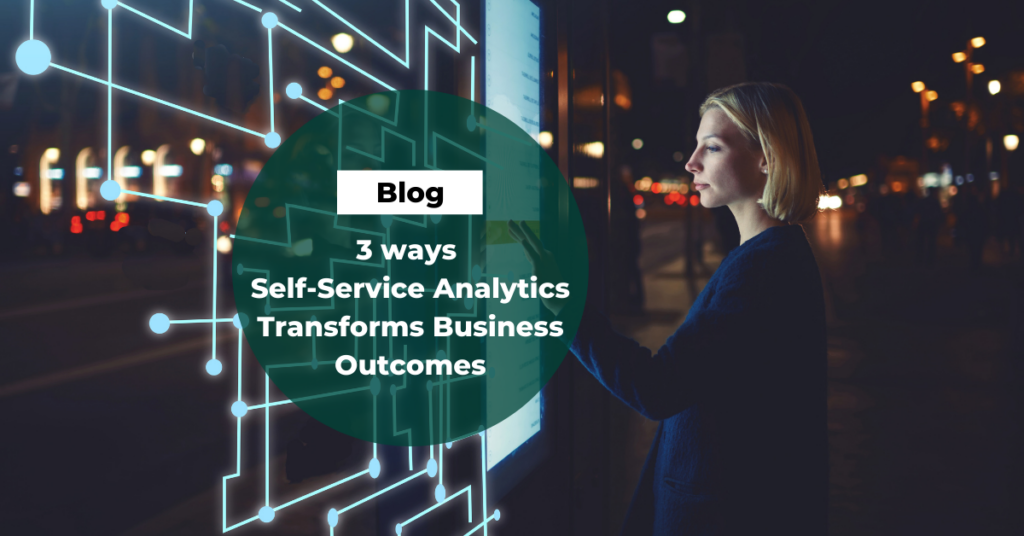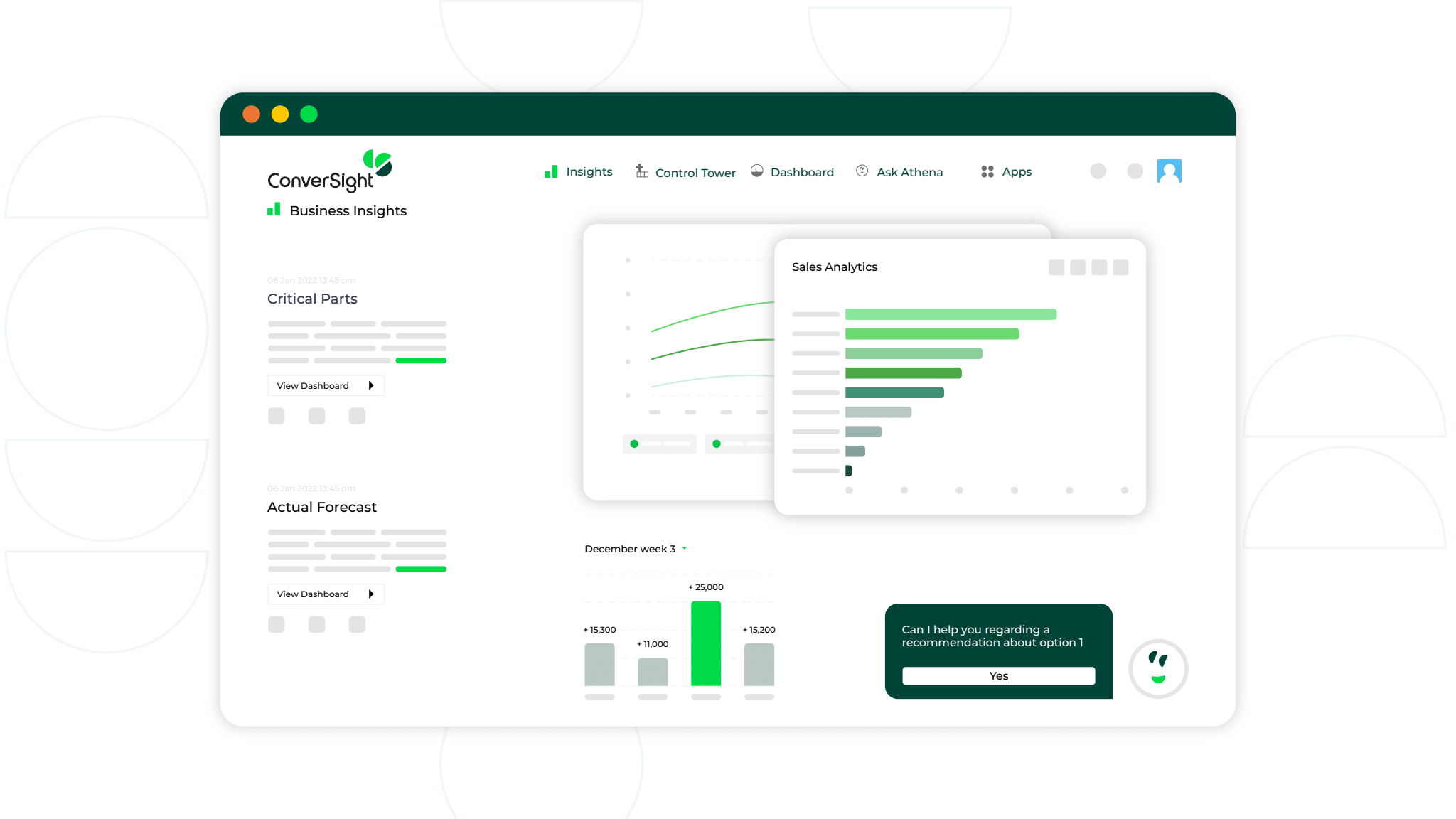
In a technological landscape that continues to evolve, executives can get ahead of the game by getting insights from generative and conversational AI. Soon enough, leveraging AI for daily tasks and operations will be a commonality and those that neglect it, will fall behind. Generative AI is a category that uses algorithms to generate new content based on the data it is fed. This gives the C-suite and executives access to self-service reporting and analytics quicker than ever, without having to go through a business analyst or data scientist first!
Around 57% of CEOs and CFOs plan to increase the use of AI and automation in their companies. One third of CEOs and CFOs plan on redesigning their workload to reduce their company’s dependency on humans Generative AI holds much promise which is why executives should consider it as they move forward with business models. Technology executives must lock down the basics by understanding what generative AI is, how it can be used, the future of generative AI, and how to implement it in the short term.
Advantages of Generative AI
At least one in four executives believes self-service and data analytics is the driver of increased organizational speed and agility. According to Gartner, The AI technologies that are predicted to deliver high value and continue to be invested in include self-service data analytics, automated machine learning (ML), cloud analytics, big data analytics, and predictive analytics. Self-service analytics allows business professionals not trained in analytics to easily generate and access data reports.
With the implementation of AI and ML, self-service analytics produce data analysis quicker than ever, without the risk of human error or other costly disruptions. This process is not only efficient but points professionals toward data-driven decisions that help business agility soar. By employing self-service analytics executives can beat the hurdle of having to lock down data scientists and analysts.
So where do you start and how can you get the most out of your self-service analytics?
Develop an action plan before you dive deep into your data.
As you put meaning to your data with generative AI, it is essential that you know what information you need to reach your goals. Take note of the problems in your organization so that self-service analytics can help you create solutions. With self-service analytics, companies have the power to consume and analyze multiple years of data all at once. With NLP, AI cuts through the chatter and bypasses data gatekeeping to allow leaders to make better and quicker business decisions.
Consider the options and choose the correct tools.
From data visualization platforms to data dashboards, choosing the right techniques and platforms is essential to success. As enterprises advance, generative AI tools will become a part of executives’ every day life. Choosing the right solution that a fits a business’ unique set of requirements and tools will help you get there faster.
Use NLP to your advantage.
NLP increases adoption of conversational AI over traditional reports & dashboards by 62%, answering questions on the spot and learning your business over time. Let your data do the talking, and see a higher return on data investment by leveraging the conversational AI to instantly explore insights from across data systems. This piece of generative AI allows businesses to extract data or information from text-based documents, sheets of data and data lakes of information to provide bite-sized insights to executives with the insights they need to empower their decisions.
As generative AI becomes more prevalent in every day life, business leaders are evaluating its effectiveness in their own use cases by putting a narrative to their data. Ultimately, the results is improved agility and resilience with the insurance to make quicker and smarter business drive decisions.
Want to implement generative AI into your business? Get started today and schedule a demo!


